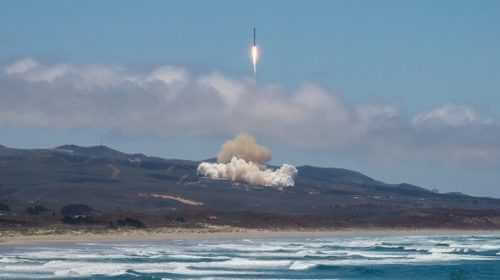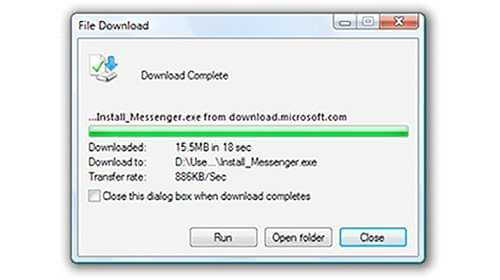The European telecommunications ASTRA 2G satellite was launched from the Baikonur Space Centre in Kazakhstan Dec. 28 aboard a Proton-M rocket carrier, according to Roscosmos, the Russian federal space agency.
ILS launches European broadcast satellite
The European telecommunications ASTRA 2G satellite was launched from the Baikonur Space Centre in Kazakhstan Dec. 28 aboard a Proton-M rocket carrier, according to Roscosmos, the Russian federal space agency.
International Launch Services (ILS), a Russian-American joint venture, provided the launch services including the Proton-M rocket and Briz-M upper stage rocket.
Both the rocket carrier and upper stage rocket were developed at the Khrunichev Space Research and Production Centre, which has a controlling interest in the ILS joint venture.
The ASTRA 2G telecommunications satellite was developed by Airbus Defence and Space Company on order from Luxembourg-based SES, a satellite communications operator.
SES plans for the ASTRA 2G to provide coverage in Europe, West Africa and both the near and Middle East. Specifically, the satellite will provide direct television broadcasting for Britain and Ireland.
ASTRA-2G will also be tasked with communications for NATO forces in a future linkup with the GovSat system, according to industry sources.
“We would like to congratulate Airbus Defence and Space and ILS for the successful ASTRA 2G mission, a launch that marks the 24th SES satellite to be launched by ILS Proton, and the ninth Eurostar satellite in the SES fleet. The ASTRA 2G satellite completes our significant replacement investments at a strategic orbital neighbourhood over Europe and provides 10 incremental transponders for expansion while cementing our unique co-positioning satellite back-up-scheme,” said Martin Halliwell, chief technology officer of SES.





